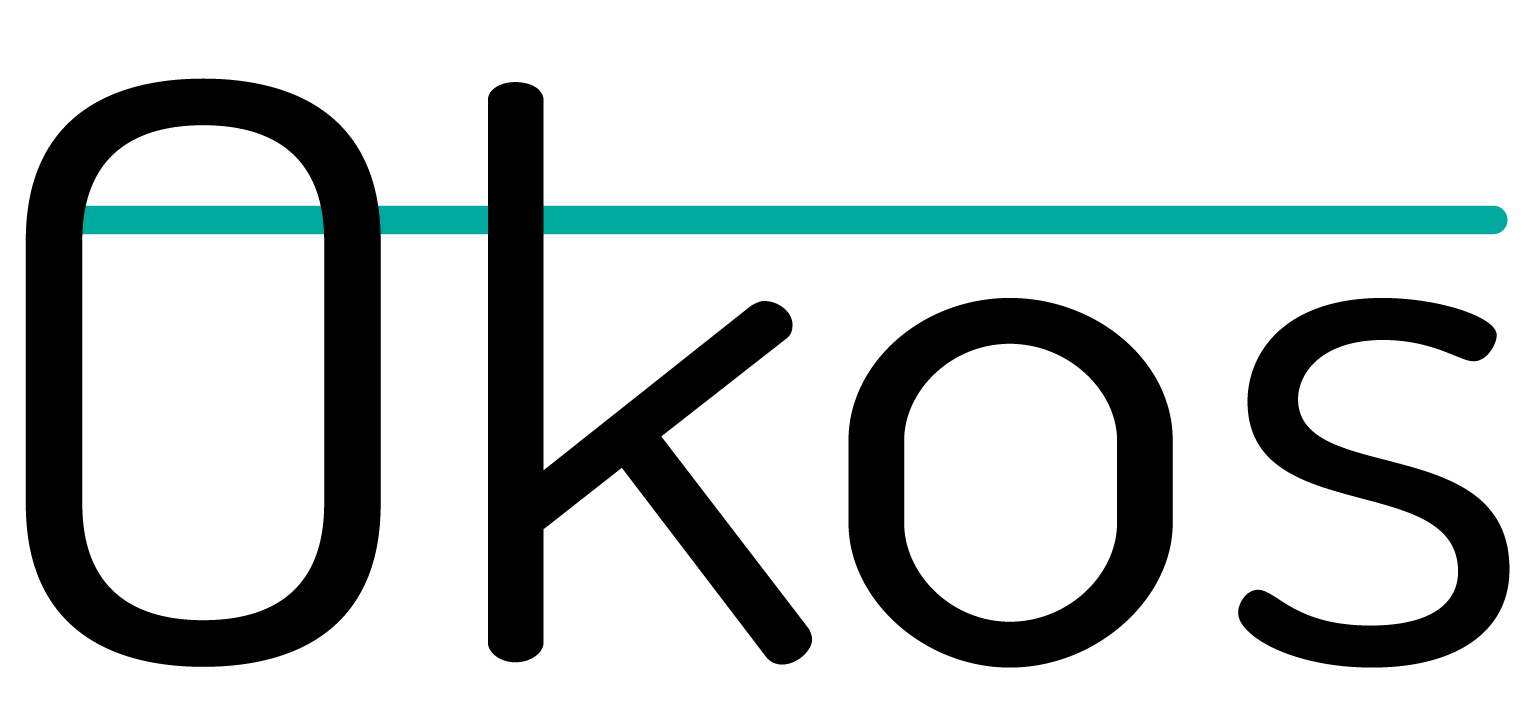Bart Gragg
 Workforce development—recruiting, training, promoting, and retaining—could be a complex system for company leadership to build and maintain. But broken into components, it’s a series of simplified building blocks for the future.
Workforce development—recruiting, training, promoting, and retaining—could be a complex system for company leadership to build and maintain. But broken into components, it’s a series of simplified building blocks for the future.
Assess Current Recruiting Efforts
One component of workforce development is to assess how effective your existing recruiting and staffing efforts are. This must be done first in order to move forward. Review role definitions and make sure you know why the role exists for each position. This is more than a typical job description. In some cases, you may have to get down to the task level for clarity.
Define Career Paths
How well-defined are career paths for people joining your company? Everyone wants to know they have a shot at growth, and the help to get there. Make sure you include things like wages and training when considering this answer.
Defining career paths has several benefits. For employees, a career path offers a vision of long-term growth and stability; for the company, it ensures that jobs can be accomplished, and identifies any skills gaps that would prevent job completion. For both parties, you’ll know and agree on who is accountable for what objectively.
One of our clients has a senior estimator who is also a master electrician. Because of his position, he saw the company was growing, so there was a greater demand for licensed electrical supervisors. But the company wasn’t developing its electricians fast enough to fill the need. He created a set of detailed documents that showed electricians how easy it is to navigate the path to a license.
Involving team members in recruiting and defining career paths is important. They are the ones that are closest to the situation. But first you need to make sure they feel safe enough to speak up.










